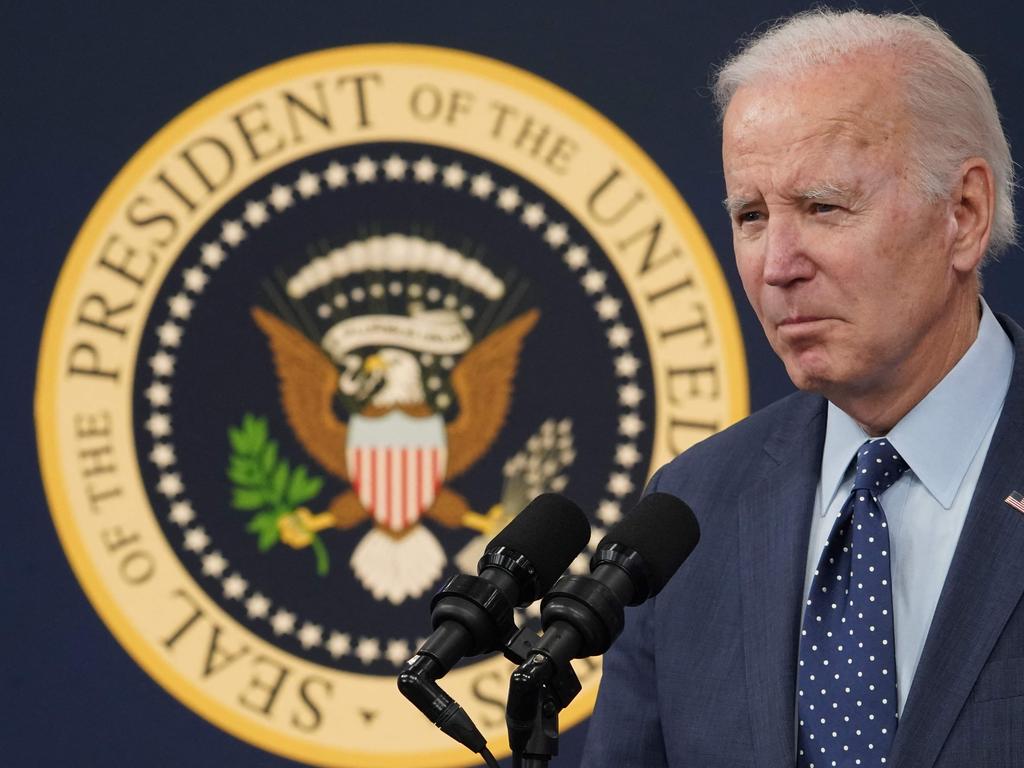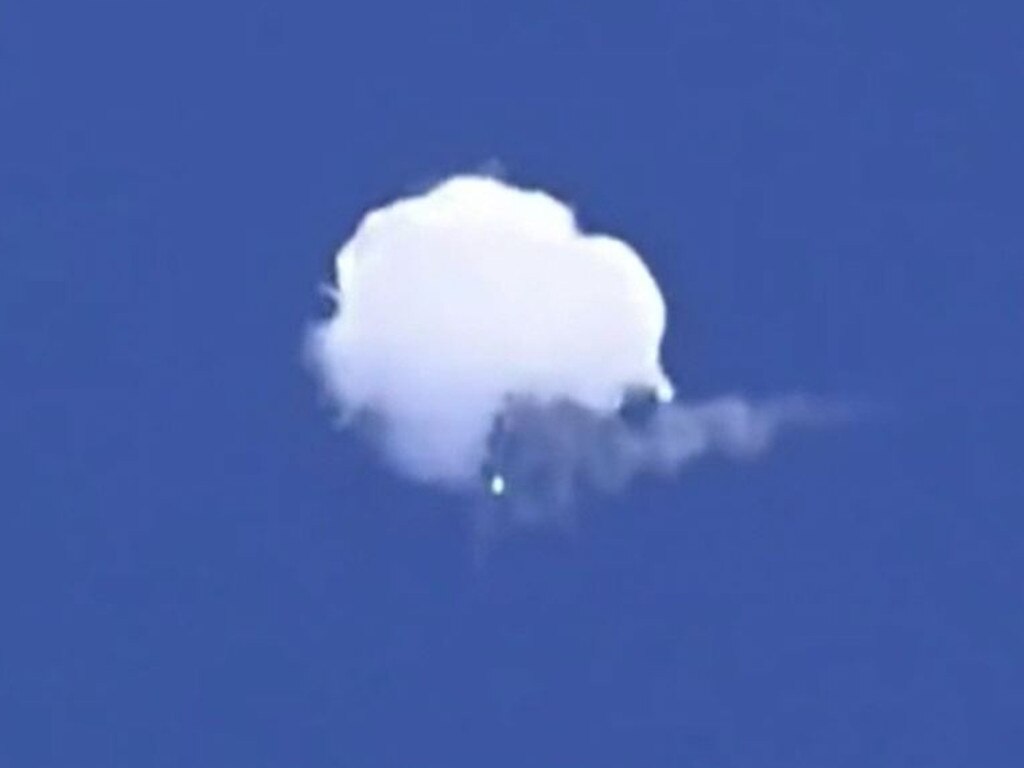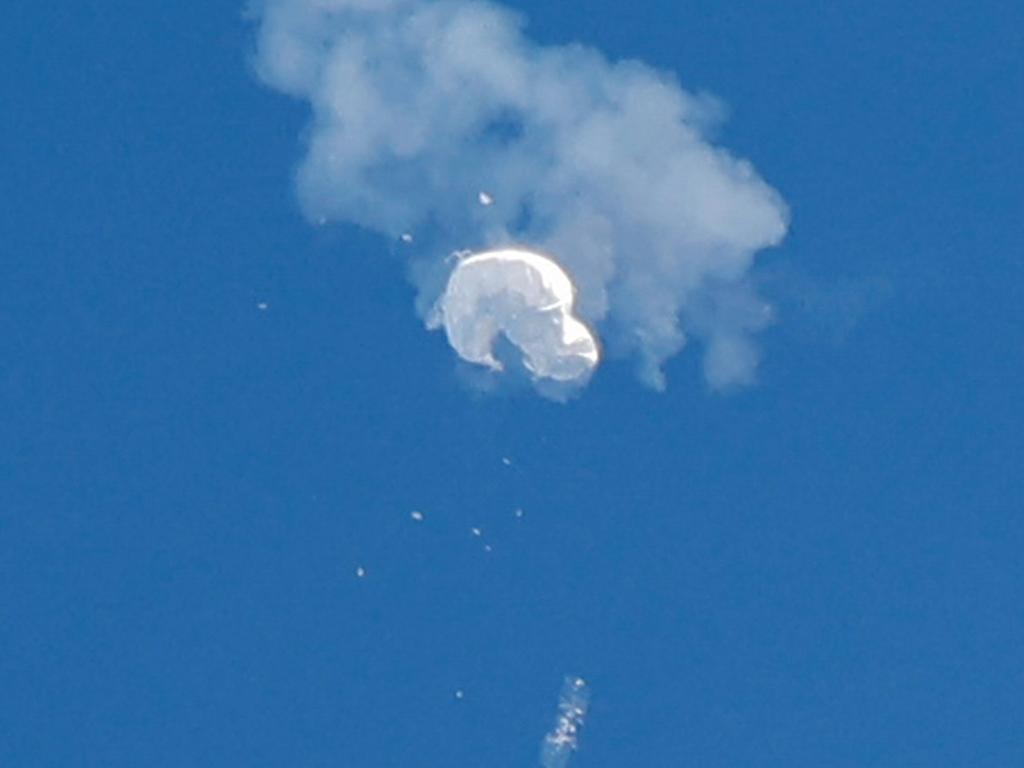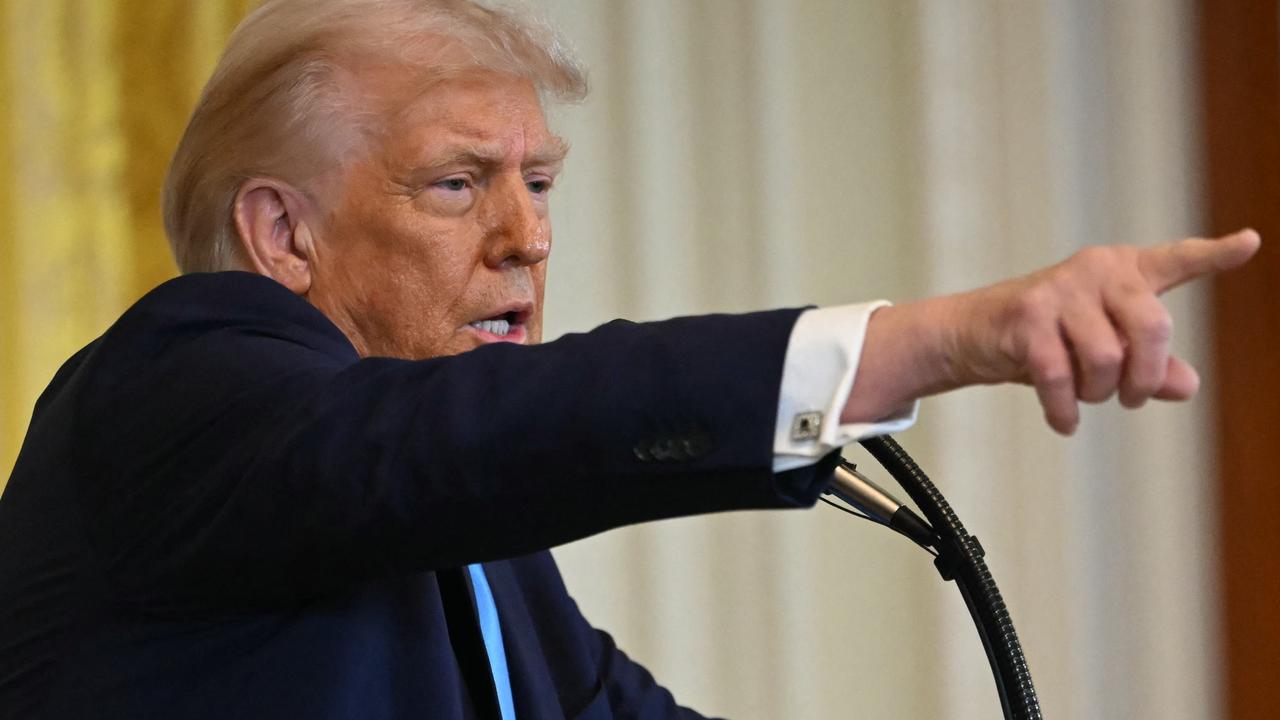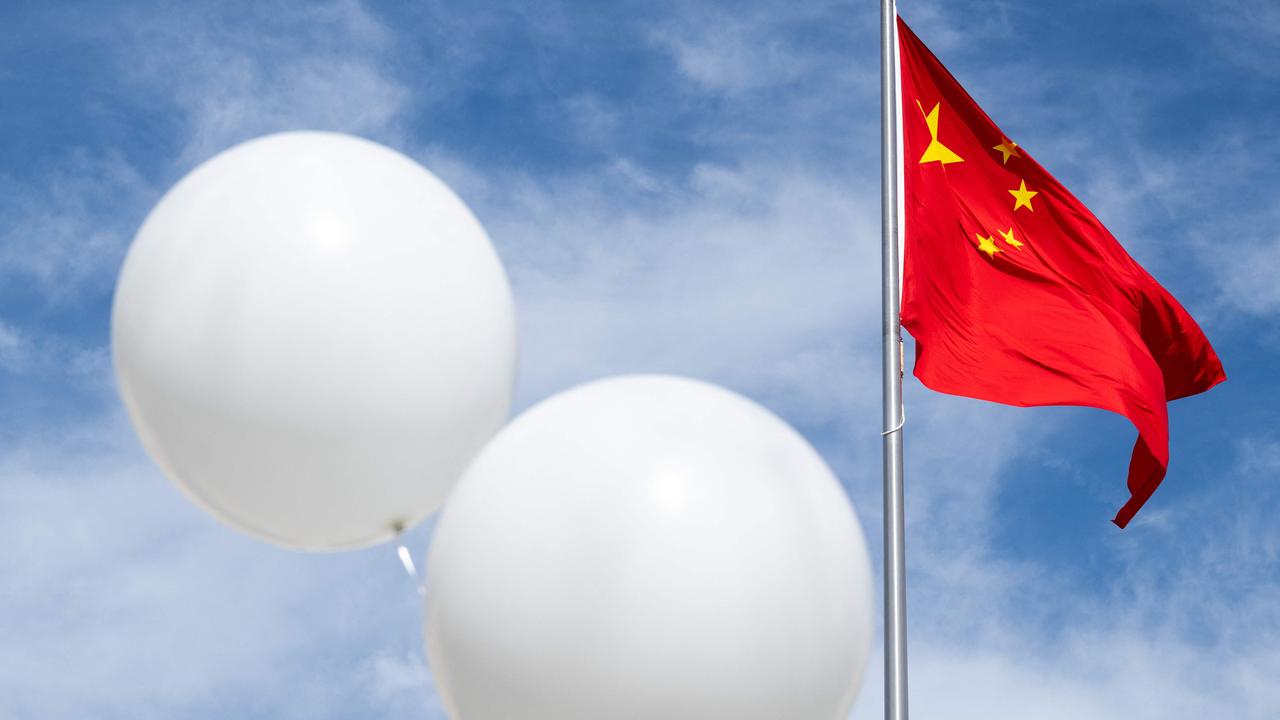US abandons search for objects shot down over Alaska
The US calls off the search for unidentified objects shot down over Alaska by F22 fighter jets, amid growing speculation they were harmless research balloons worth as little as $US12.
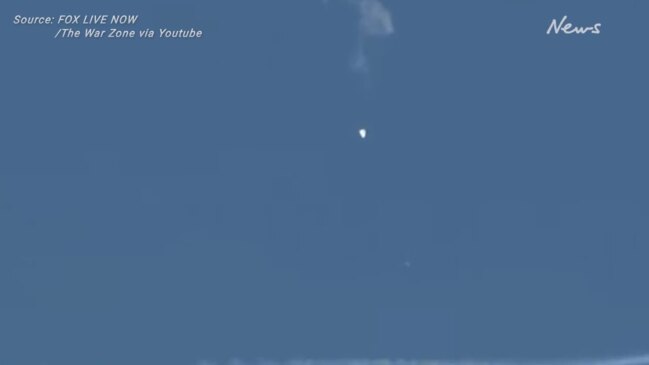
The US has called off the search for unidentified objects shot down over Alaska last week by F22 fighter jets with a series of heat-seeking missiles, amid growing speculation they were harmless research balloons worth as little as $US12.
“Arctic conditions and sea ice instability” contributed to the decision by US authorities to halt the search for the remains of two objects shot down on February 10th and 12th above Deadhorse, Alaska and Lake Huron, according to a statement by the North American Aerospace Defence Command issued late Friday (Saturday AEDT).
“The US military, federal agencies, and Canadian partners conducted systematic searches of each area using a variety of capabilities, including airborne imagery and sensors, surface sensors and inspections, and subsurface scans, and did not locate debris,’’ the statement said.
The decision came after the Northern Illinois Bottlecap Balloon Brigade, a group of amateur “pico balloon’’ enthusiasts, said in a blog post that one of its “silver-coated, party-style” balloons, which was projected to be at around 40,000 feet above Yukon territory on February 11th, was missing in action.
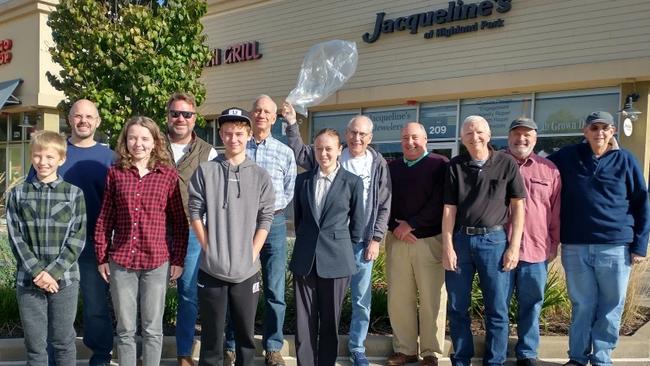
“I tried contacting our military and the FBI—and just got the run around—to try to enlighten them on what a lot of these things probably are. And they’re going to look not too intelligent to be shooting them down,” Ron Meadows, the founder of Silicon Valley based Scientific Balloon Solutions told Aviation Week.
US General Mark Milley said last week one of the Sidewinder missiles, each worth around $US450,000, had missed one of the targets, and landed safely in Lake Huron.
Pico balloons, according to Aviation Week, weigh about 3 kilograms and span a metre before launch, after which they are capable of circling the world several times on natural air currents while relaying information back to their owners via light battery-powered devices attached.
National Security Council spokesman John Kirby speaking on Friday (Saturday AEDT) said the objects were flying at “altitudes that could affect the safety of civilian air traffic” and denied any over-reaction.
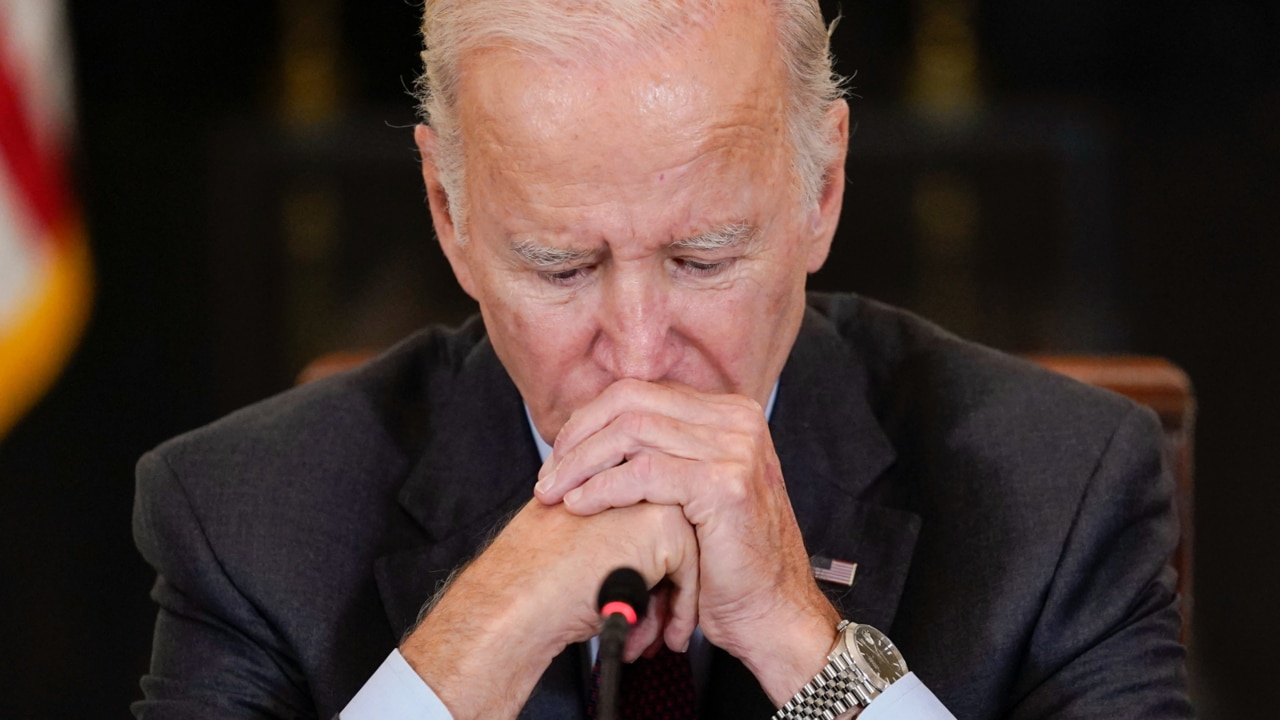
“Absolutely not … Given the situation we were in, the information available, the recommendation of military commanders, it was exactly the right thing to do at exactly the right time,” Mr Kirby said, adding the administration had no plans to reimburse the Bottlecap Balloon Brigade if it turned out their balloon had been targeted.
One of the members of the Brigade told Politico they were “not angry at all” if their device had been destroyed.
“If they don’t know, I’d rather that they err in shooting down $100 worth of balloon stuff than have something bad go over Canada or the United States,” a member said.
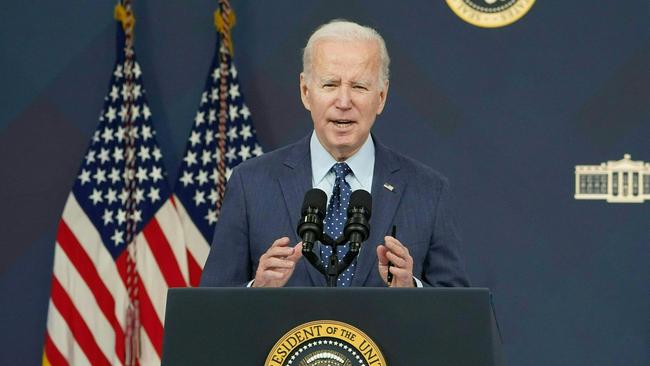
Republican senator Ted Cruz joked on social media the military operations had provided “powerful deterrence” to high school science clubs, as some in the pico-ballooning community expressed alarm about the prospect of further unwanted engagement with US military forces.
Tom Medlin, a retired FedEx engineer, said told Aviation Week one of his three pico balloons was about to enter US airspace. “I hope that in the next few days when that happens we’re not real trigger-happy and start shooting down everything,” he said.
The shooting down of a Chinese spy balloon off the coast of South Carolina on 4th February, whose debris were still being analysed by US authorities, ensured heightened scrutiny of the three subsequent devices shot down over Alaska and Canada on 10th, 11th and 12th February.
A separate Canadian search for the third object, shot down over Yukon, Canadian territory, was still ongoing.
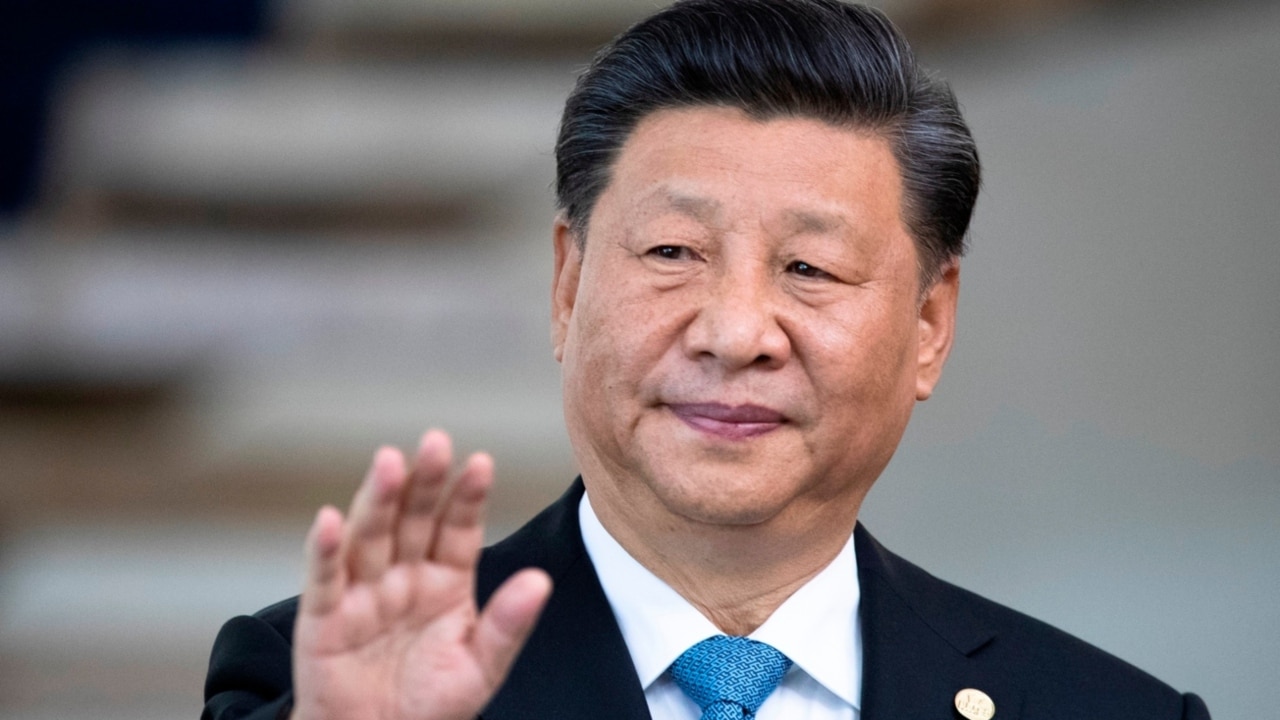
Speculation the three objects were part of China’s spying efforts, or even aliens, eventually gave way to more pedestrian, and unrelated, explanations.
“The intelligence community’s current assessment is that these three objects were most likely balloons tied to private companies, recreation or research institutions studying weather, or conducting other scientific research,” President Joe Biden, who was criticised for taking too long to shoot down the Chinese spy balloon, said in a press conference last week.
“Make no mistake, if any object that presents a threat to the safety and security of the American people. I will take it down,” he added, noting that he “expected to be speaking to [China’s] President Xi …to get to the bottom of this”.
The president also said the US was developing new rules to determine how to deal with similar objects in the future.


